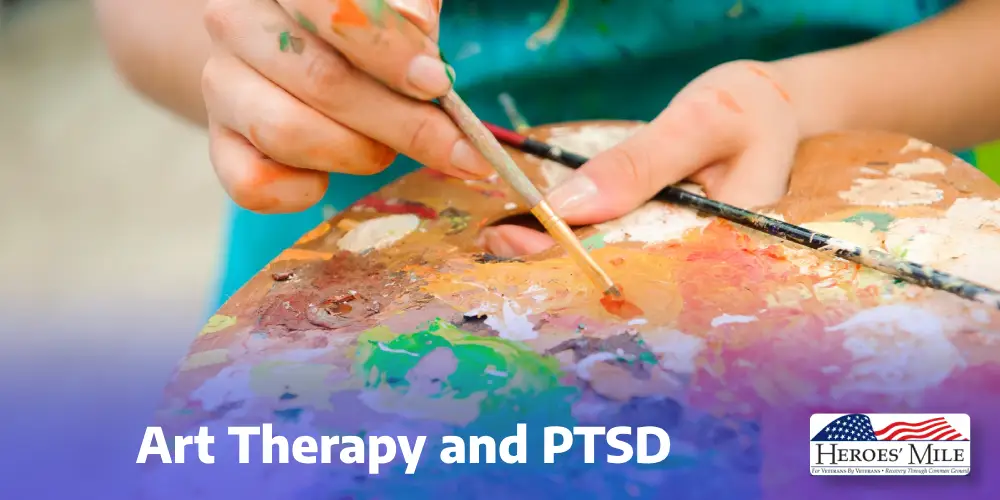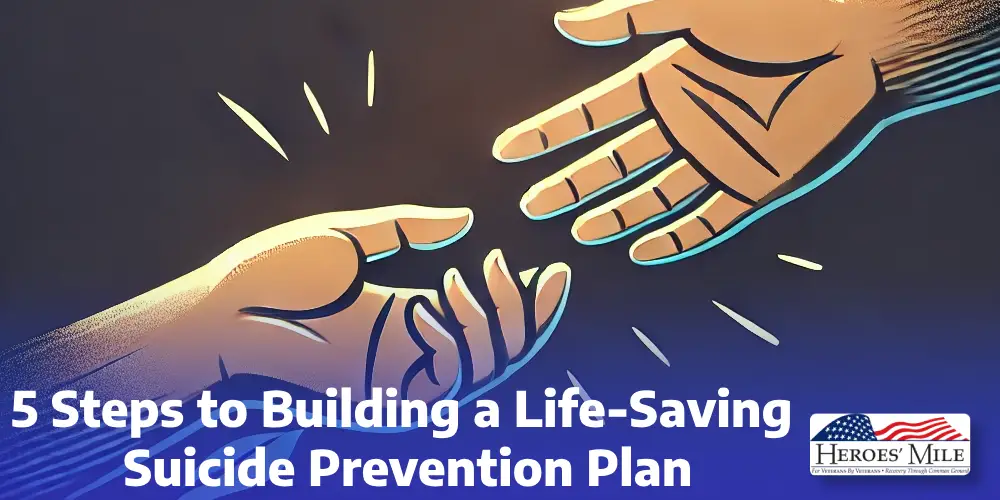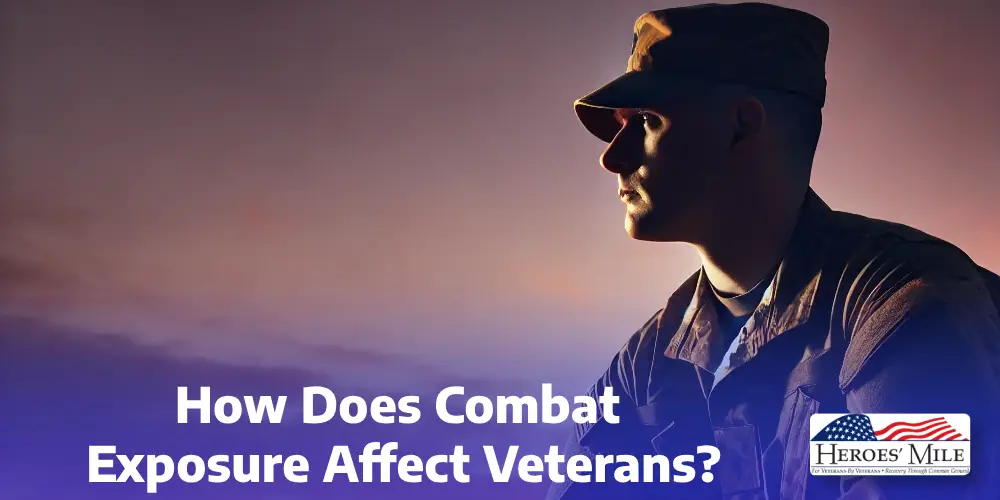The opioid epidemic has spread across the United States for nearly 30 years. During this time, there have been millions of cases of opioid use disorders and hundreds of thousands of opioid overdoses. And while the situation has improved, the opioid crisis continues to be a problem for countless Americans. But without knowing how it began, it may be impossible to understand the current situation or find the right solutions.
Today, we’re sharing the history of the opioid overdose epidemic and the impact that it has had across the nation, especially on “I am veterans”.
Timeline of the Opioid Epidemic
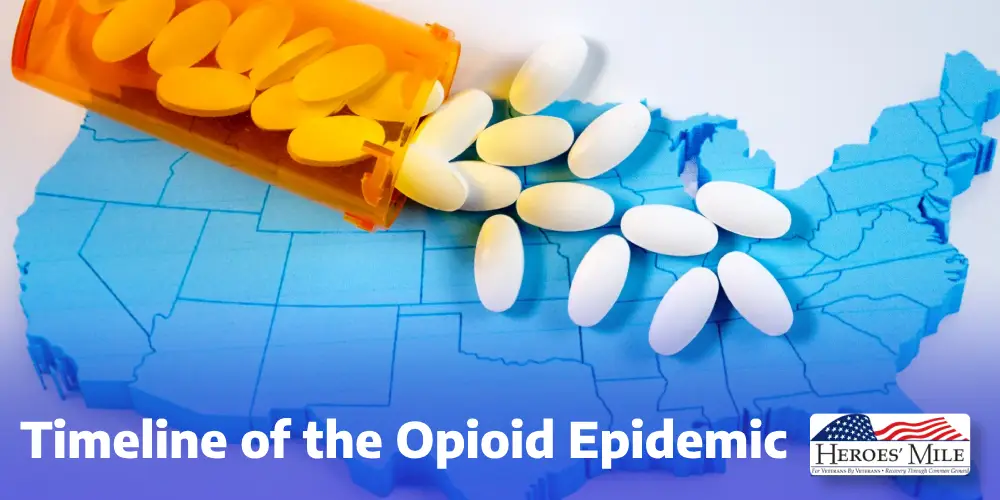
Timeline of the Opioid Epidemic
Opioid painkillers first rose to prominence in the late 1990s. Initially, pharmaceutical companies marketed these drugs as the key to non-addictive pain management. By appealing directly to doctors, pharmaceutical representatives convinced prescribers that opioids were non-habit-forming and carried little risk of drug abuse. And while these were not evidence-based claims, the marketing pitches turned opioids into one of the hottest prescription drugs on the market.
As more and more patients received prescription opioids (even when their pain relief needs could have been treated with less addictive medications), opioid overdoses became more common due to the addictive nature of opioids. As overdose rates rose, people began to realize that there was a public health crisis. There was a growth in the public understanding of these opioid overdose deaths, which led to backlash against the pharmaceutical companies that had marketed opioids as low-risk medications.
In 2007, the federal government filed criminal charges against Purdue Pharma for marketing OxyContin as safer and less addictive than other opioids, when no evidence supported that claim. Several of the organization’s leaders pled guilty and agreed to pay $634.5 million. This marked a turning point in the opioid crisis, when the public was largely aware that opioids could help in certain situations, but carried risk and were not necessary for everyone.
This led to the second wave of the opioid epidemic, which started in 2010. At this point, prescription opioid misuse dropped off, but rates of heroin abuse and overdoses skyrocketed. One possible reason for this was that people who had become dependent on opioids could no longer get prescriptions. As a result, people turned to heroin because it was a readily available opioid that would prevent them from going through withdrawals.
More recently, the third wave of the opioid epidemic started in 2013. During this time, people began using synthetic opioids like fentanyl and tramadol increasingly often. Because these drugs are especially dangerous, experts have recorded a stark increase in opioid overdose deaths. In this way, observers can see how the marketing of prescription drugs eventually led to rampant opioid addiction and the sale of black market drugs.
However, there is good news, too. Now, the CDC implements prescription drug monitoring programs to protect patients from doctors who over-prescribe. While this cannot fix all the damage that has been done, it provides a starting point for recovery following the opioid epidemic.
Of course, the opioid epidemic has affected certain groups more than others. Specifically, veterans are more likely to suffer from opioid addiction due to their unique experiences and treatment needs.
How the Opioid Crisis Affects Veterans
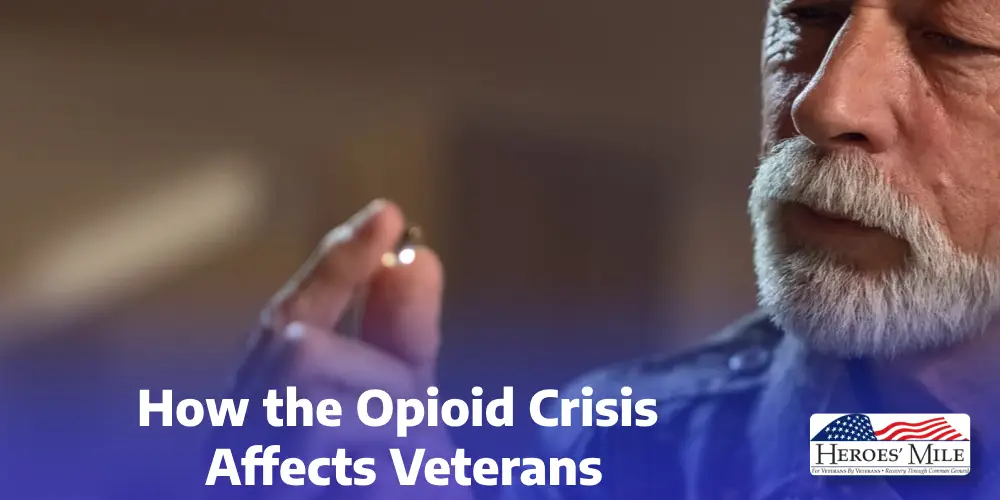
How the Opioid Crisis Affects Veterans
Veterans have shown to be especially vulnerable to opioid addiction for a variety of reasons. First, many combat exposed veterans have sustained injuries during their service. This makes them more likely to have chronic pain and require pain management solutions. Because so many veterans need medication for their pain, many turn to opioids without realizing how addictive they can be. And that danger gets worse once you factor in that veterans already face increased risk of developing substance use disorders.
Veterans often struggle with mental health issues like post-traumatic stress disorder (PTSD). In cases like this, they may self-medicate to lessen their PTSD symptoms. So when an at-risk individual receives a prescription for highly addictive opioids, their risk of developing a substance abuse problem increases significantly. Not only does this create new issues for veterans, but it can worsen existing PTSD symptoms and drastically lower their quality of life.
For these reasons, veterans are both more likely to abuse opioids and to face additional problems as a result of opioid addiction. In cases like this, veterans may require an opioid detox to initially quit opioids, then a residential drug rehab to completely treat their addictions. Of course, acclimating to daily life after rehabilitation is challenging, so they may also require partial hospitalization or an intensive outpatient program.
Video
Prescribing Death: Inside America’s Opioid Crisis – Real Stories
Oklahoma is at the heart of a landmark legal battle as Dr. Regan Nichols faces charges for second-degree murder after allegedly overprescribing opioids, leading to fatal overdoses. This documentary highlights the devastating impact of the opioid crisis on families and communities, exploring the role of doctors and pharmaceutical companies in fueling addiction. Through powerful personal stories and a legal struggle for justice, the film sheds light on the consequences of the opioid epidemic and the ongoing fight to hold those responsible accountable. A gripping look at a crisis affecting millions across the U.S.
FAQ
- What is the opioid epidemic?
The opioid epidemic refers to the widespread misuse of opioids, including prescription painkillers, heroin, and synthetic opioids like fentanyl, leading to addiction, overdoses, and deaths. - How has the opioid crisis affected veterans?
Veterans are at a higher risk of opioid addiction due to chronic pain, PTSD, and easy access to prescription opioids, which have contributed to substance use disorders. - What role did prescription opioids play in the crisis?
Prescription opioids were widely prescribed for pain management, leading to dependency and, in many cases, transition to illicit opioids when prescriptions became unavailable. - What treatment options are available for veterans struggling with opioid addiction?
Veterans can access treatment through VA healthcare, including medication-assisted treatment (MAT), counseling, and rehabilitation programs tailored to their needs. - How can we help veterans affected by opioid addiction?
Supporting policies that improve access to treatment, raising awareness, and encouraging veterans to seek help through available resources can make a significant difference.
News Audio
Expert says tariffs and terrorist designations won’t beat the opioid crisis – NPR
NPR’s Don Gonyea speaks with researcher Vanda Felbab-Brown about why she thinks President Trump’s proposed tariffs and designating cartels as terrorist organizations won’t stop the opioid crisis. Read more opioid crisis…

